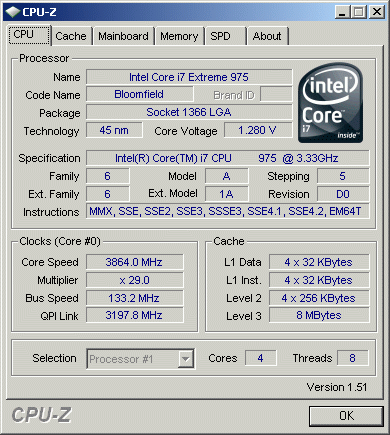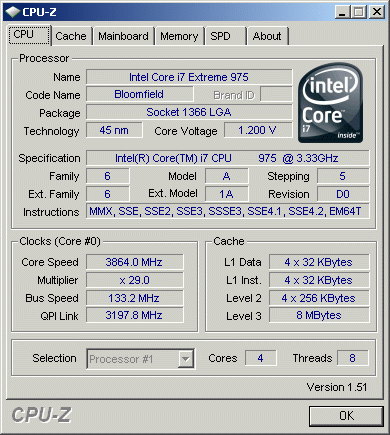Index
- Twelve X58 Boards roundup
- 02 ASUS Rampage II Extreme
- 03 Biostar TPower X58
- 04 DFI Lanparty DK X58-T3eH6
- 05 DFI Lanparty JR X58-T3H6
- 06 Elitegroup X58B-A
- 07 eVGA X58 3X SLI
- 08 Foxconn Flaming Blade GTI
- 09 Foxconn Renaissance
- 10 Gigabyte GA-EX58-UD4
- 11 Gigabyte GA-EX58-UD5
- 12 Intel DX58SO
- 13 MSI Eclipse SLI
- All Pages
Page 10 of 13
Features:
Intel X58/iCH10R
4-phase VRM, dual lane design
Intersil 6334A CRZ VRM controller
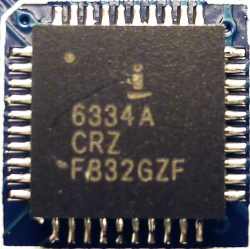
Realtek RTL8111DL PCIe Gb LAN controller
JMicro JMB363 SATA II/PATA controller
Texas Instruments TSB43AB23 PCI Firewire controller
Winbond W83667HG-A super I/O controller
ICS 9LPRS918JKLF clock generator
passive cooling of chipsets/VRM
8Mb BIOS, version: F5
Mainboard Revision: 1.00

Slots:
2x PCIe 2.0 x16
1x PCIe x4 open
2x PCIe x1
1x PCI
Memory:
6x Triple-Channel DDR3-slots for PC3-12800U memory up to 24GB
Storage:
6-Port SATA II featuring RAID 0, 1, 5, 0+1, JBOD
2-Port SATA II
1-Port IDE
1-Port Floppy
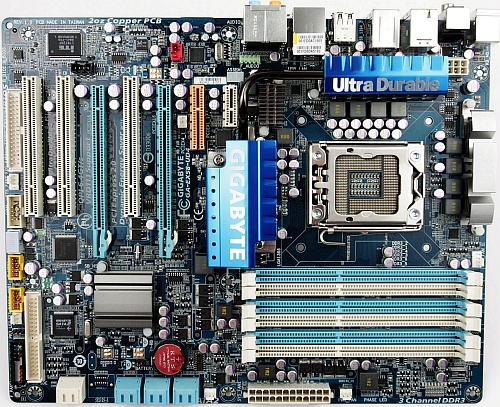
Backpanel ports:
1x PS/2 keyboard
1x PS/2 mouse
1x Gb LAN
8x USB 2.0
1x Firewire 400
1x Firewire mini 400
7.1 analog audio
1x optical audio out
1x coxial audio out
1x CMOS clear button

Accessories:
1x IDE cable
1x Floppy cable
1x 2-port eSATA slot-bracket
2x eSATA cable with clips
2x eSATA cable angled with clips
This board is being phased out by Gigabyte, but while we are testing, why not include it here?
This board comes with only two PCIe x16 slots which is enough for most users. The newer UD4P is a downgrade of the UD5 which comes with three. The first PCIe x1 slot is quite useless, because the hub-cooler is blocking most of the available cards. Anyways beside you find a PCIe x4 slot which is open, so you can also put in PCIe x8 or even PCIe x16 cards.
While some two years ago an eSATA bracket was a nice and welcome add-on, meanwhile we would expect such basics on any high-end board on the backpanel. Having some cables crossing the cables behind or in front of a graphics card is not a smart choice either, as they will hinder airflow. PCI slots are also a bit outdated nowadays, so three of them is too much in our opinion.
Also, Gigabyte is pursuing the ASUS VRM war with adding much more phases then required or even benificial. This board comes only with a 4-phase dual-lane approach which is sufficient and did well.
This is not an über-high-end board but at a price-target of €200,- we would also expect a PCIe FireWire controller and a faster Gb LAN chip. BIOS settings are pretty standard, but disabling USB keyboard support simply sounds like a bad joke.
The board is slightly underclocked, but this is nothing to worry about
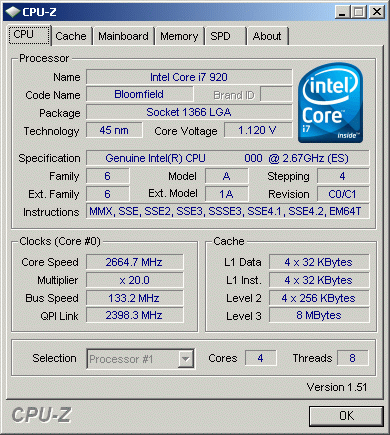
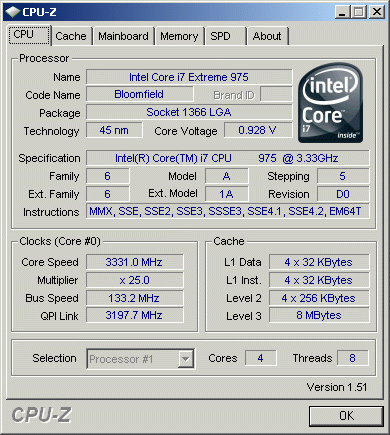
Overclocking:
As expected overclocking did not pose any problems for this board. For some reason Gigabyte does slightly over-voltage the VTT/QPI-voltage to 1.175V by default, but this works without any problems. We didn't like the auto overvoltage the CPU to 1.4000V when leaving the VCore at auto, it's too much. As always we set the BCLK to 173 and reduced the VCore to 1.2750V. This worked stable and does save lots of energy
Here what hapens with auto-settings:
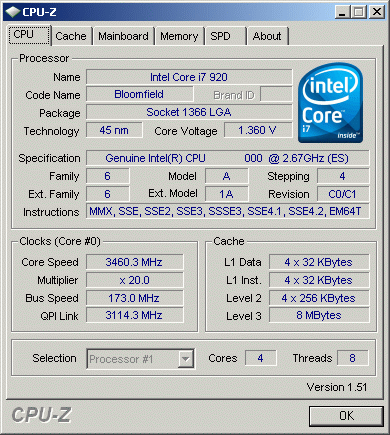
And now with 1.2750V VCore:
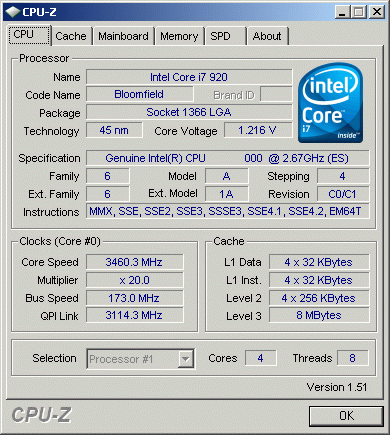
Also overclocking the i7 975 with a turbo-multi of 29 is not a problem. Auto sets the VCore to 1.3125V, manually we let the VCore at default 1.2625V.
